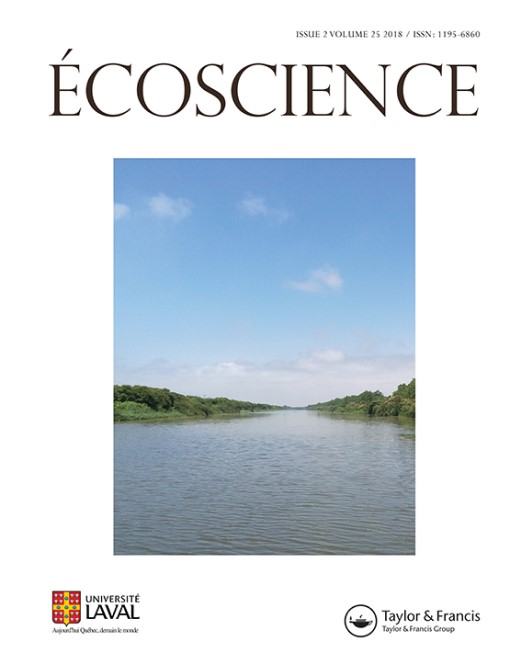We combined dendroecological analyses with historical and ethnographic information to document connections between forest use patterns since the 18th century and stand composition and structure in the Nain region of Labrador, Canada. The highest recruitment periods for both eastern larch and spruce, pulses in growth releases, and decades with greatest harvesting evidence (cut stumps) all occurred primarily between 1910 and 1970. The strongest disturbance signal occurred after 1940, resulting in the absence of old trees and increased larch recruitment. The 1910–1970 period coincides with significant shifts in human settlement and land use patterns. Most notably, the increased demand for fur in the 1920s and 1930s changed Inuit land use: the Inuit spent more time inland where fur-bearing animals and wood resources were available. Moreover, population growth in Nain, which was accelerated by the relocation of Inuit communities in northern Labrador between 1950 and 1960, increased local harvesting intensity. We argue that long-term land use needs to be accounted for as a driver of forest dynamics in this subarctic forest landscape.
How to translate text using browser tools
1 April 2018
Tree-Ring Evidence of Changes in the Subarctic Forest Cover Linked to Human Disturbance in Northern Labrador (Canada)
Isabel Lemus-Lauzon,
Najat Bhiry,
Dominique Arseneault,
James Woollett,
Ann Delwaide
ACCESS THE FULL ARTICLE





